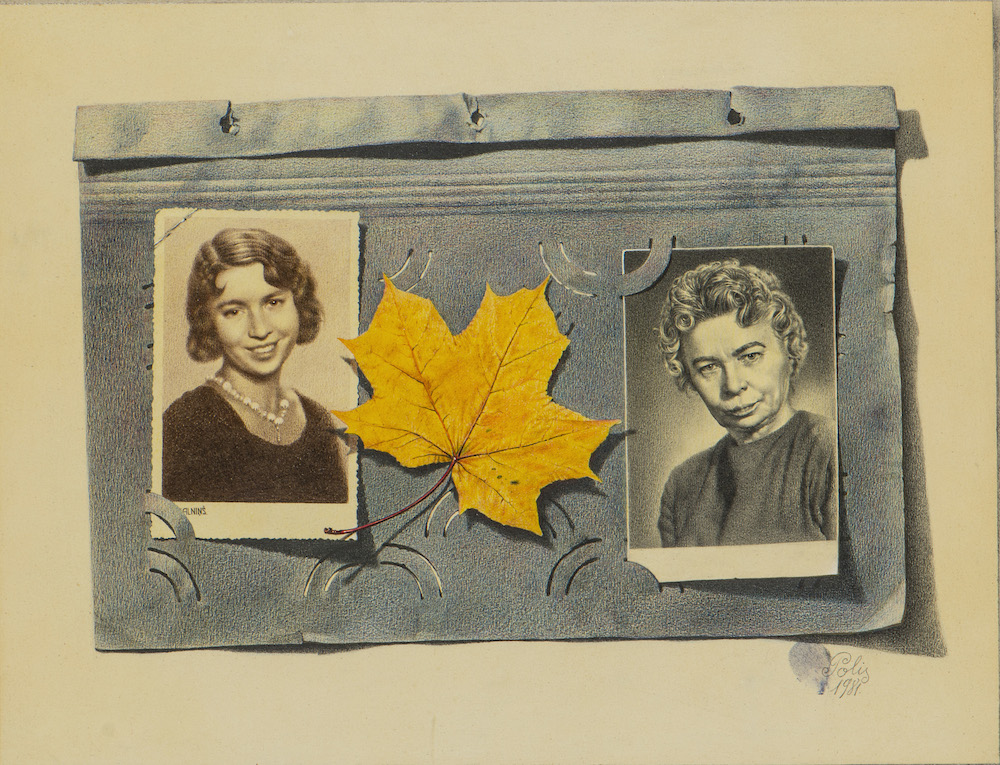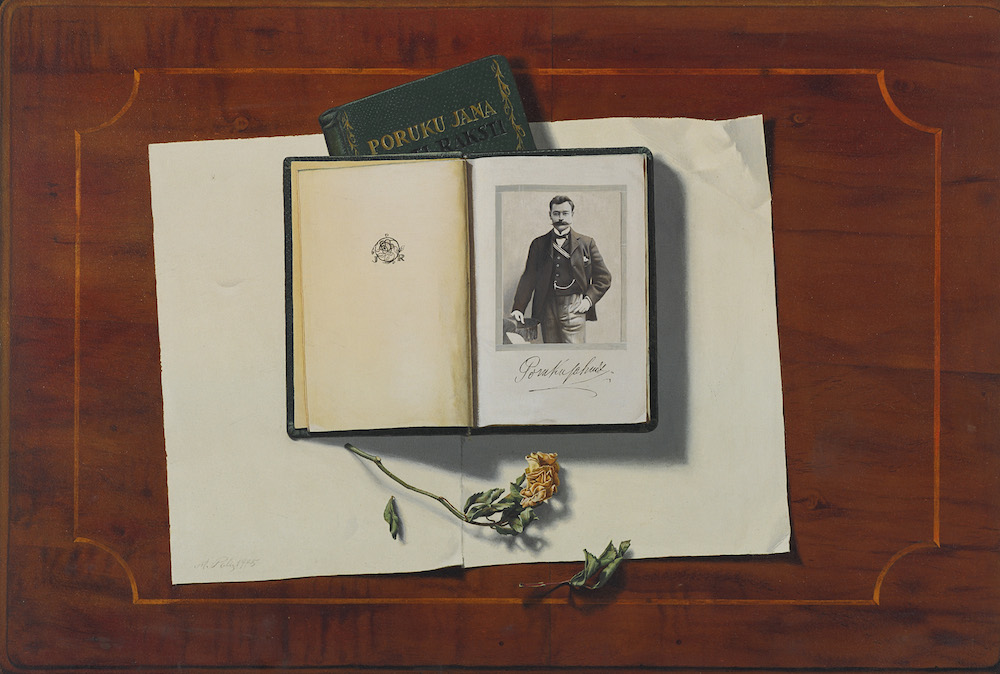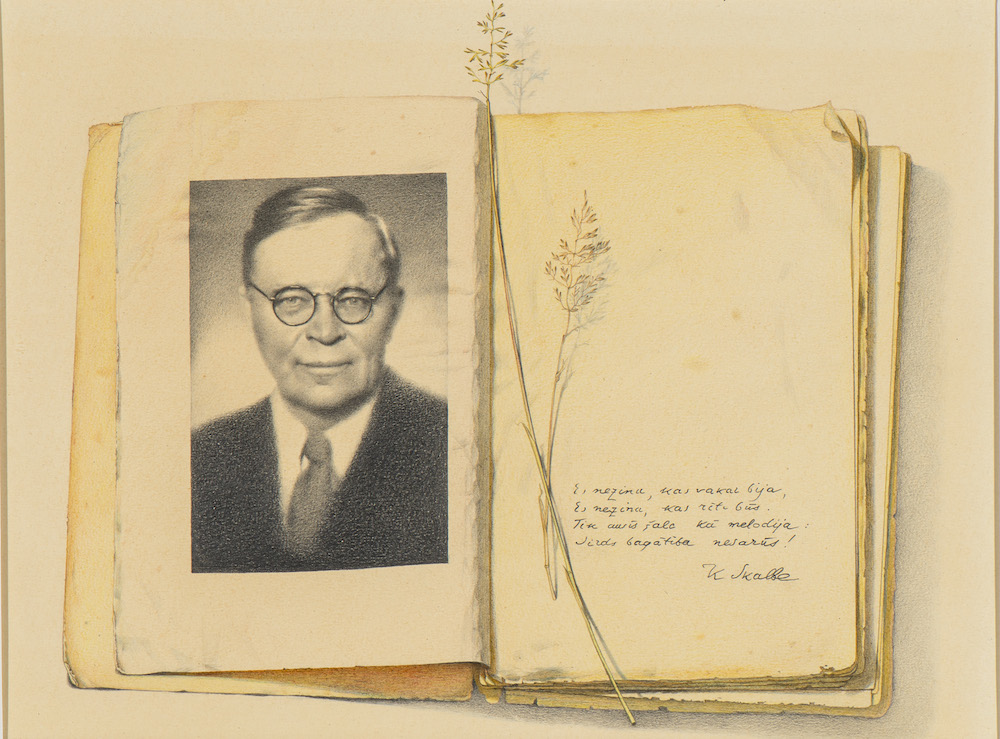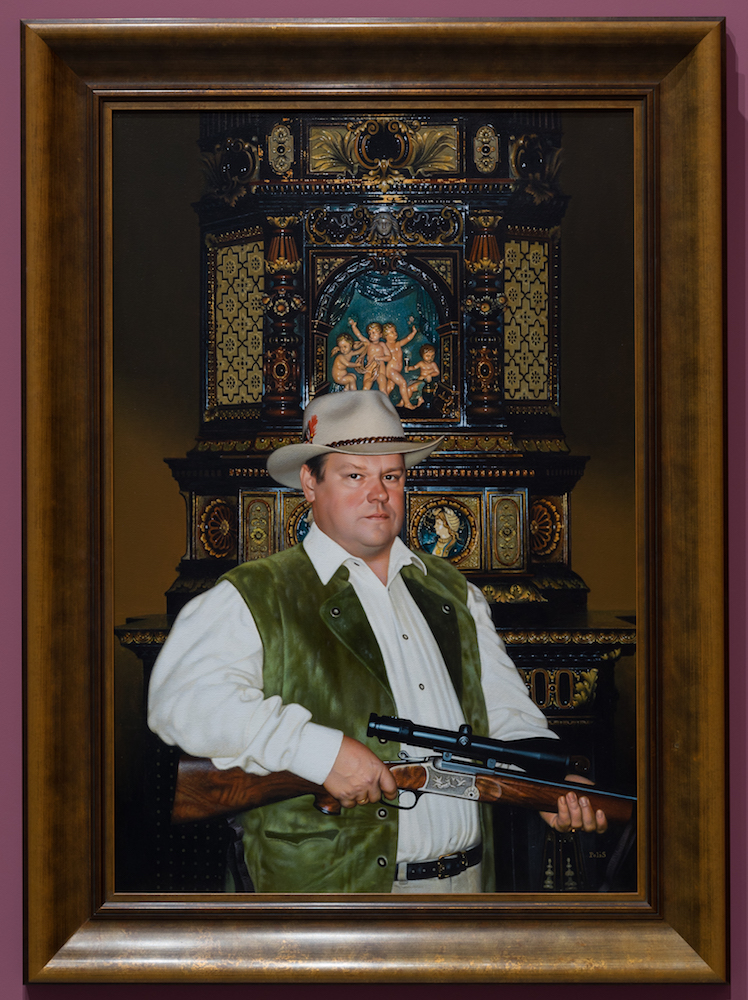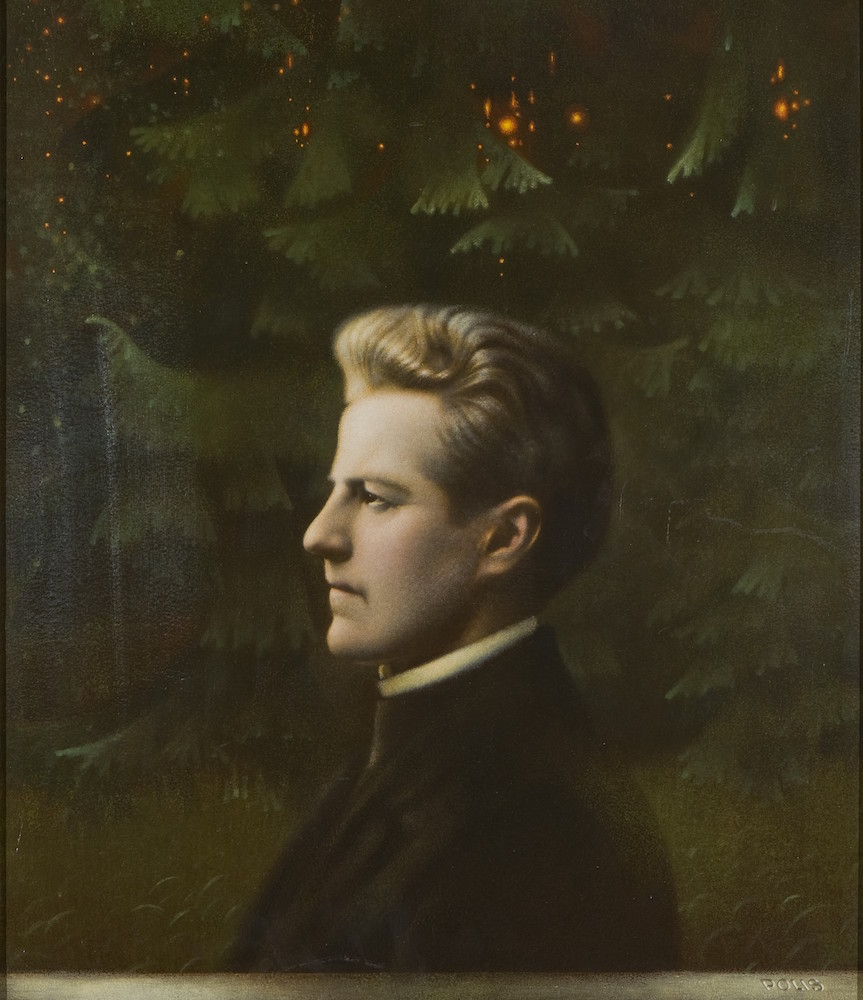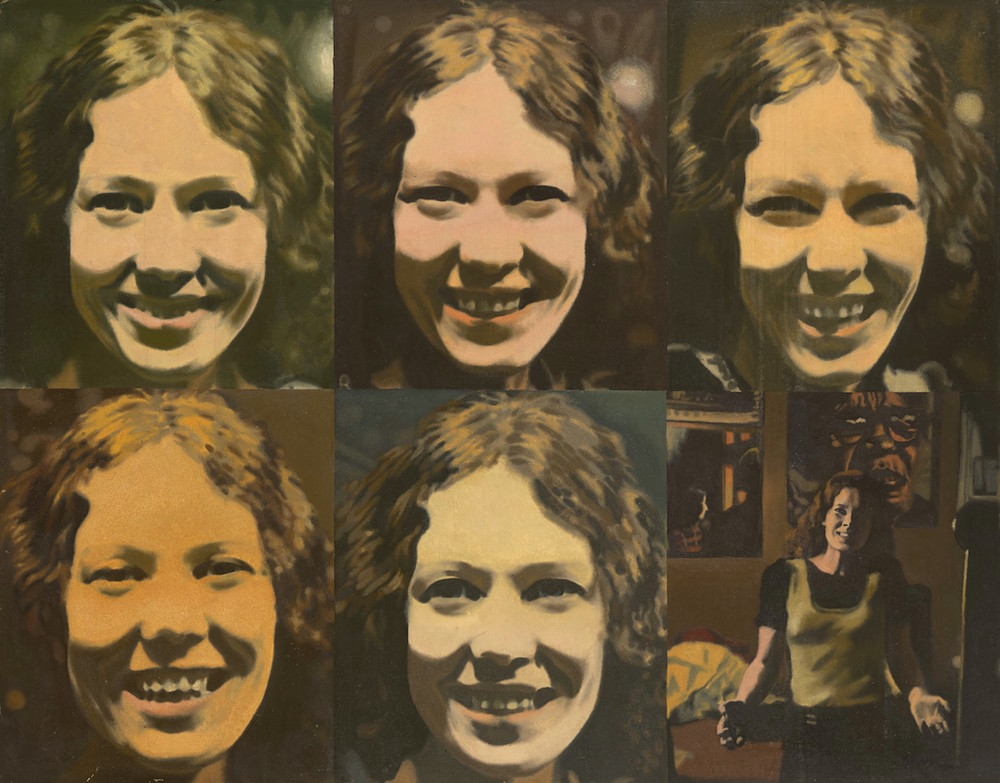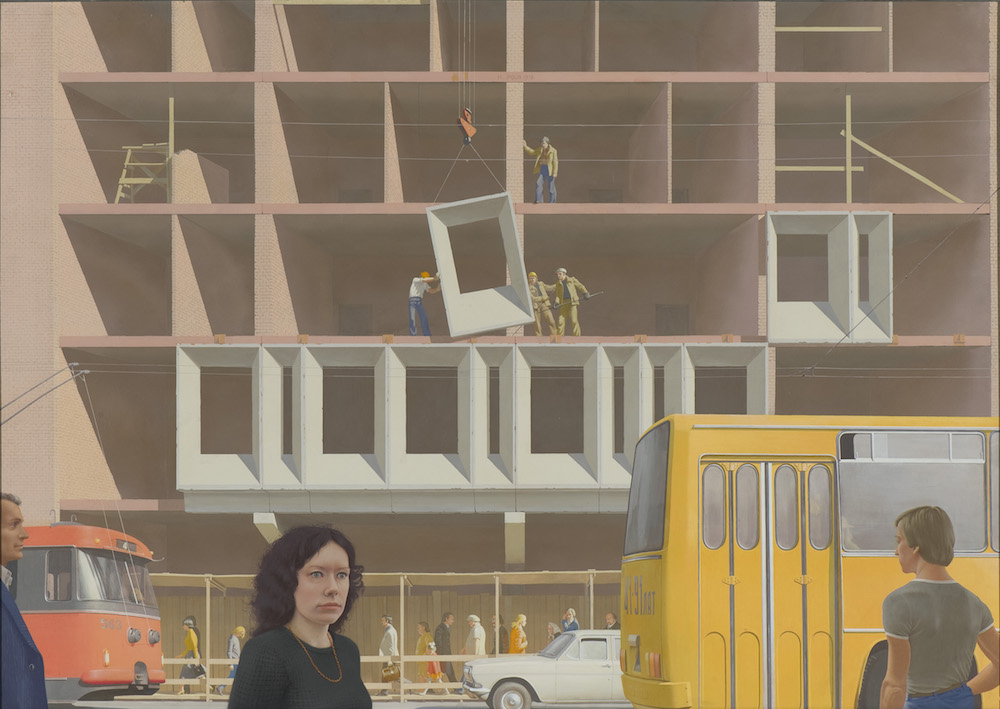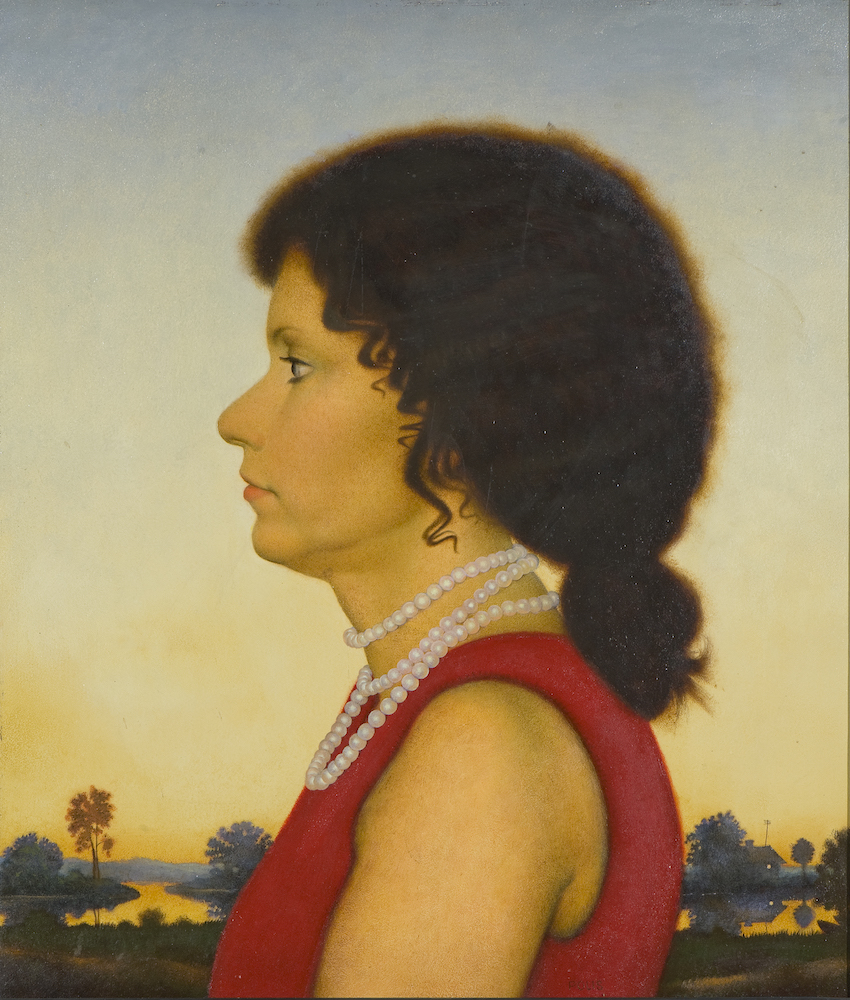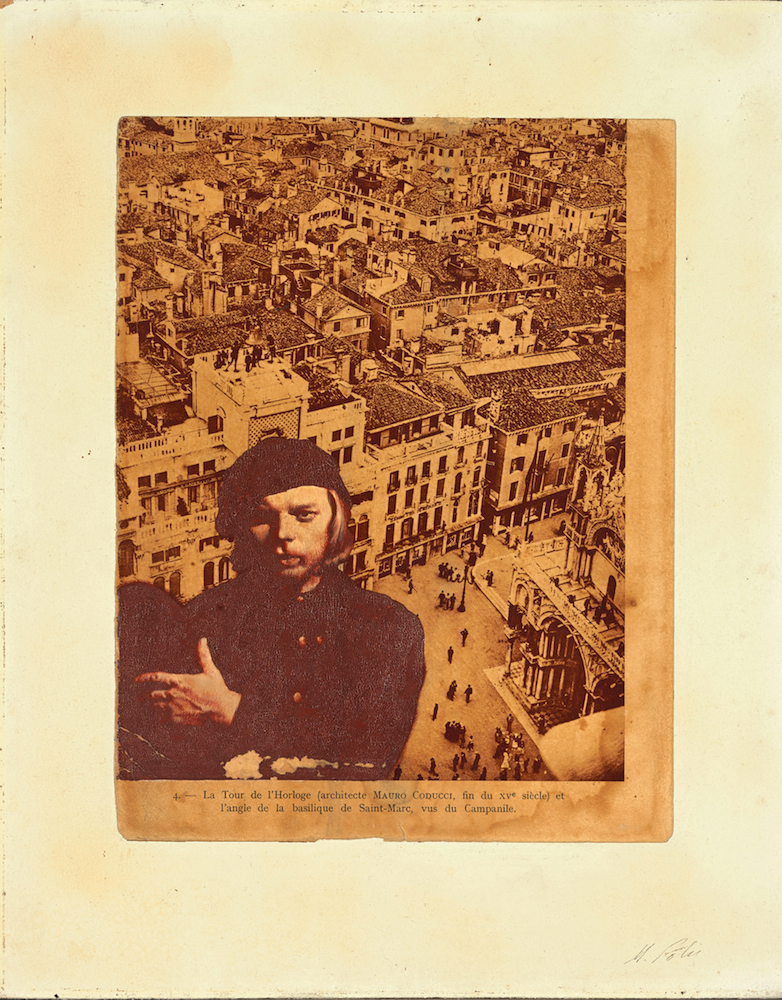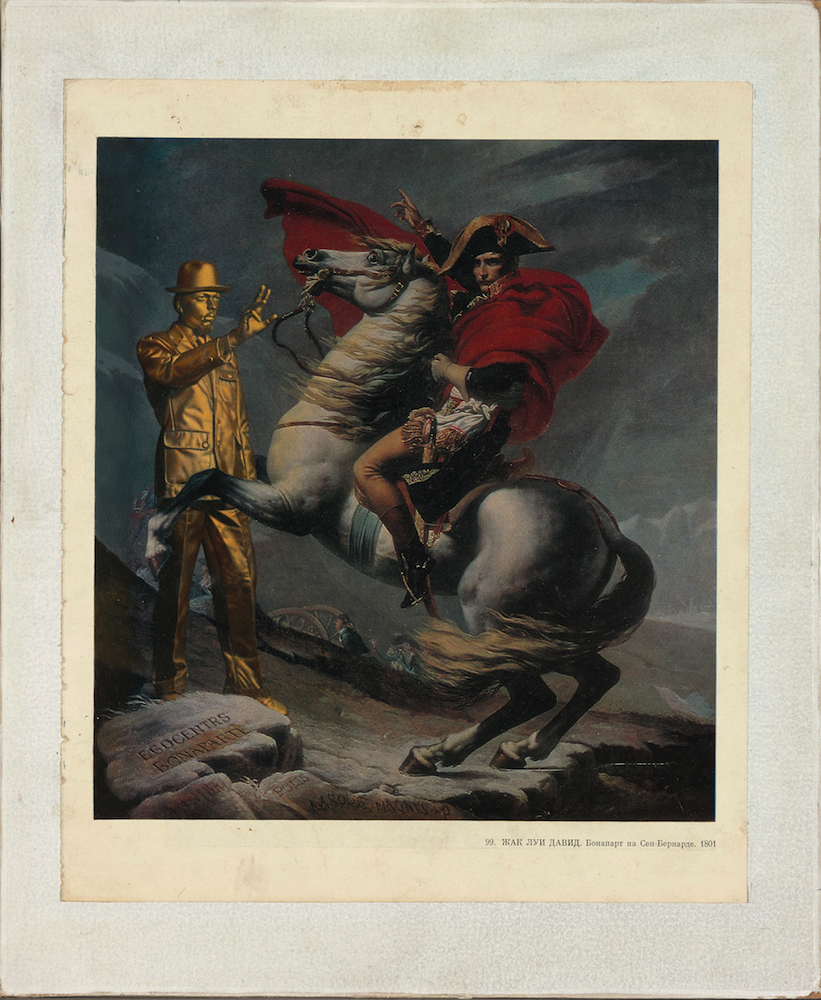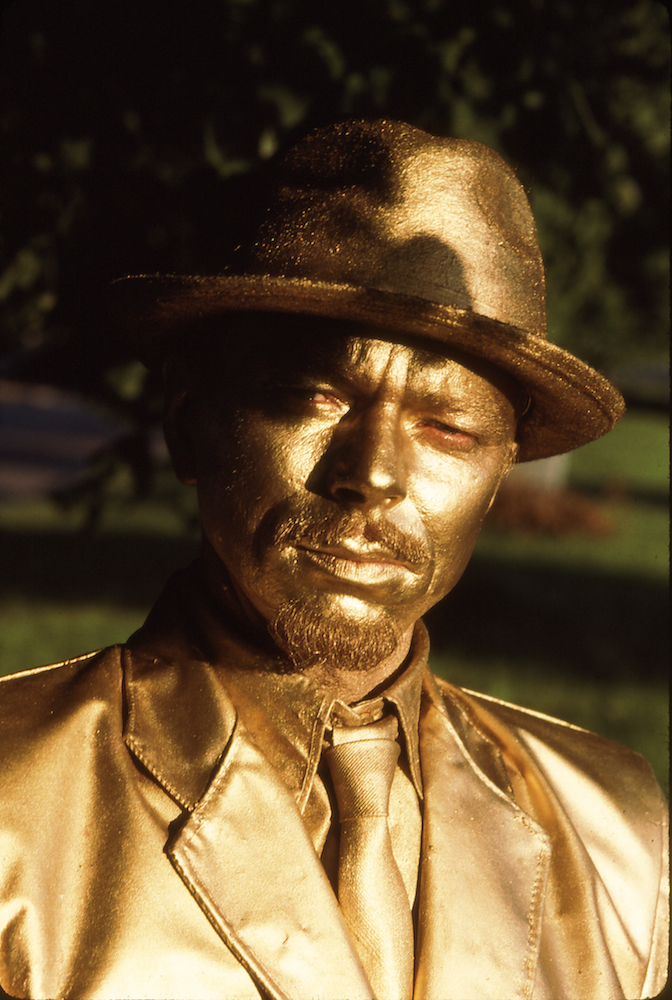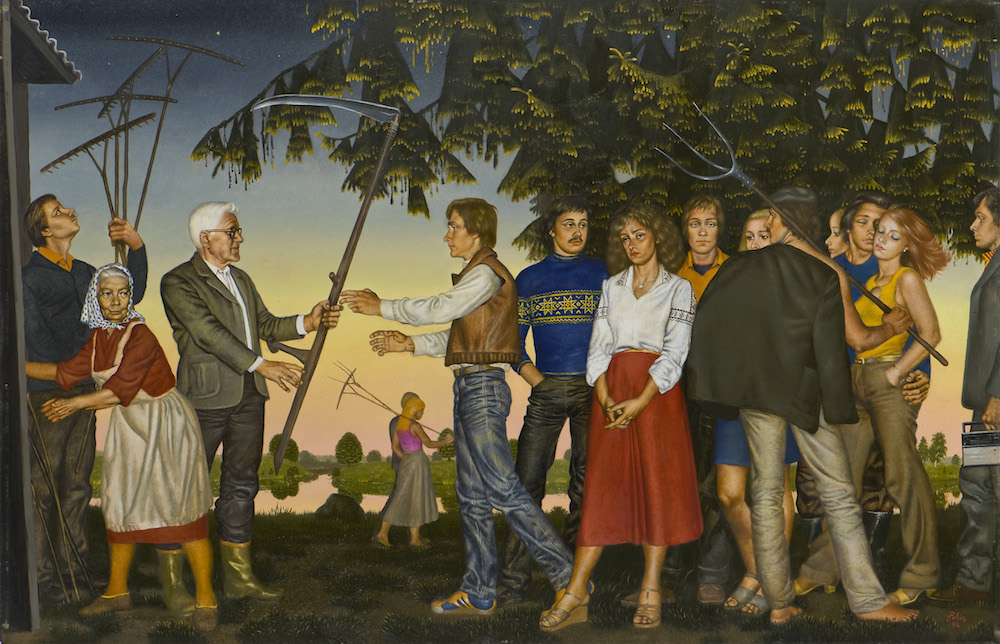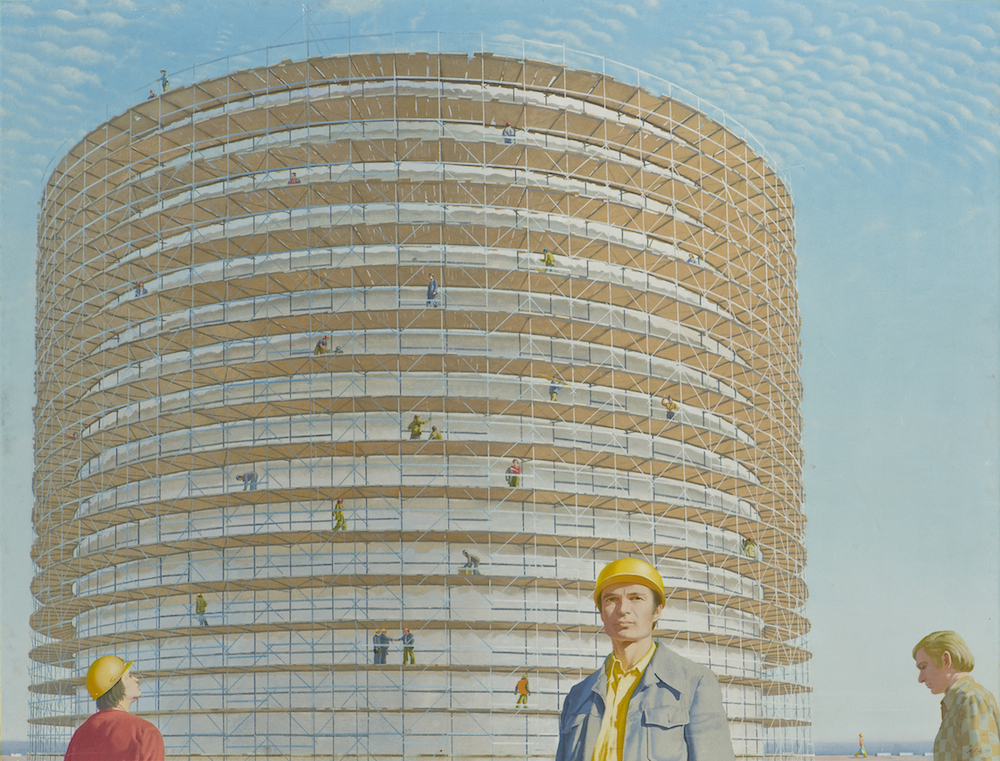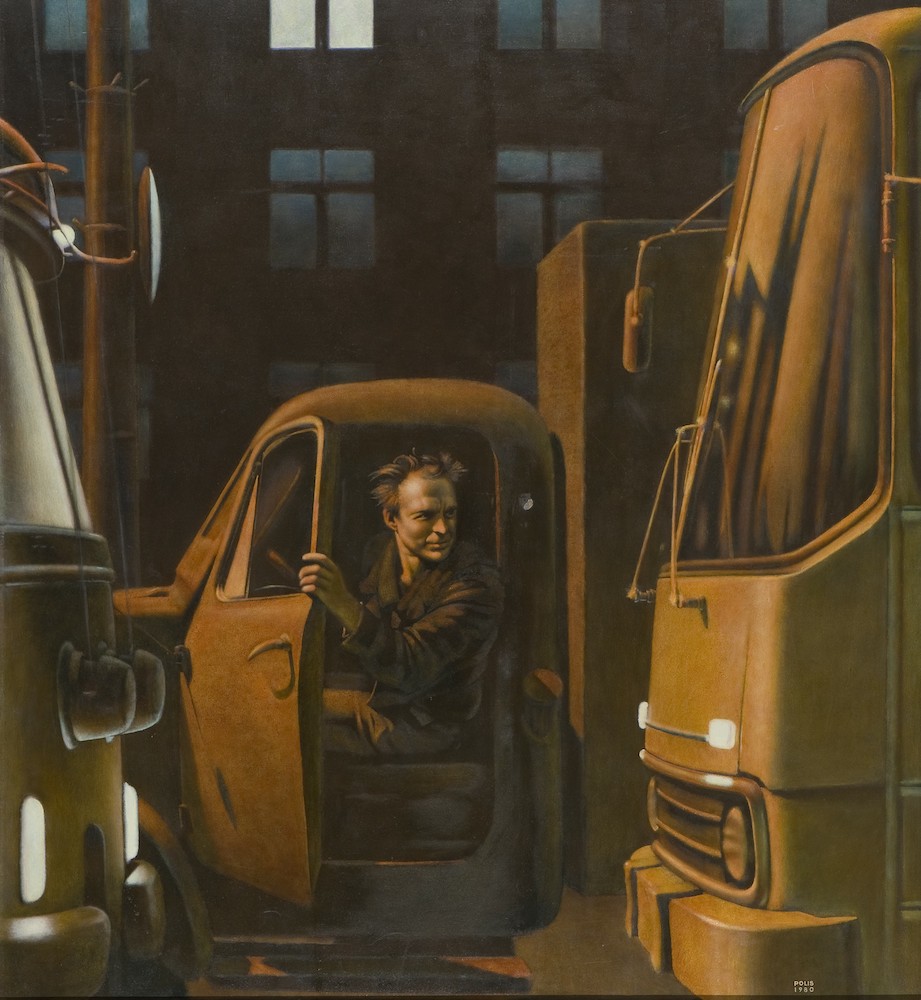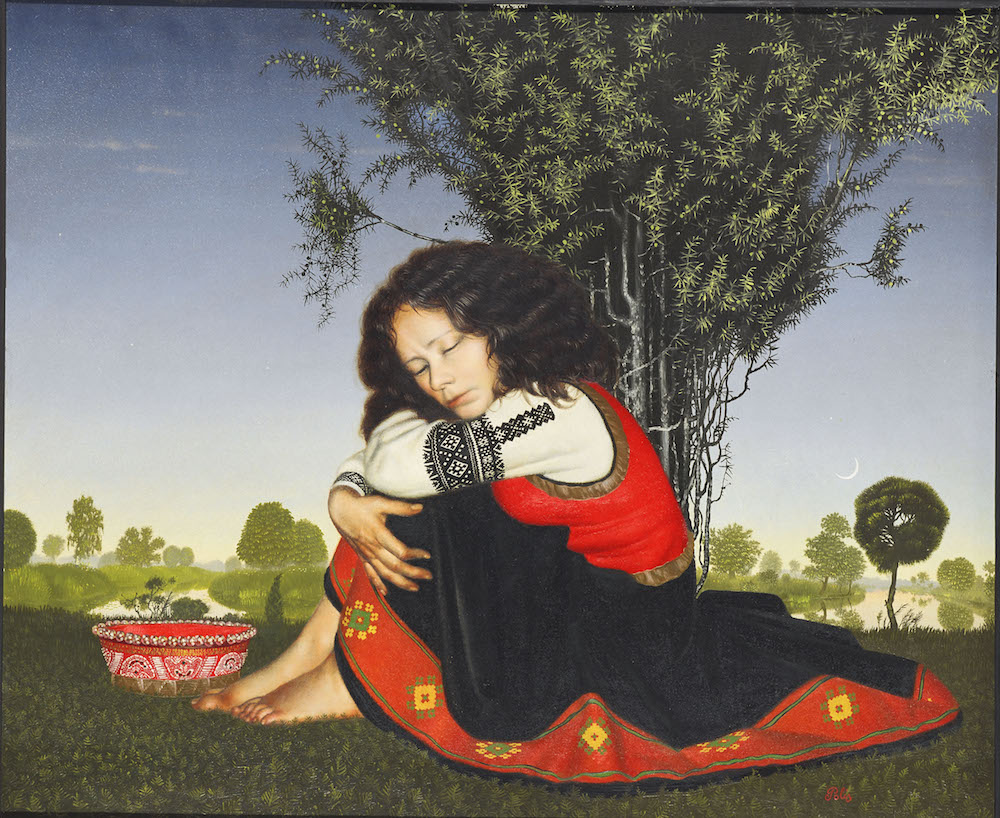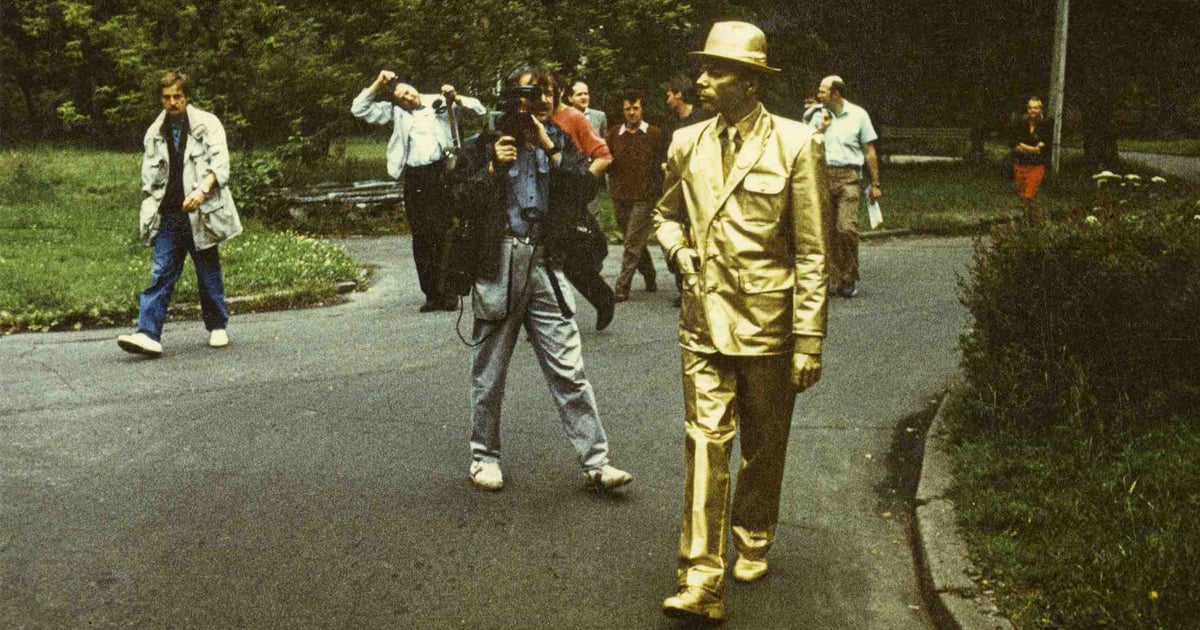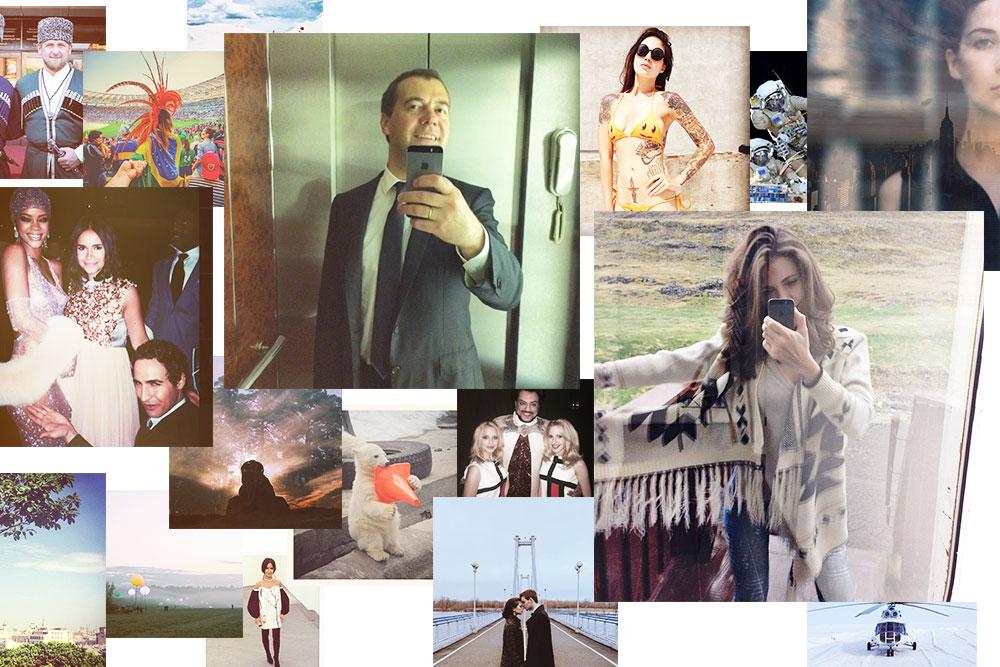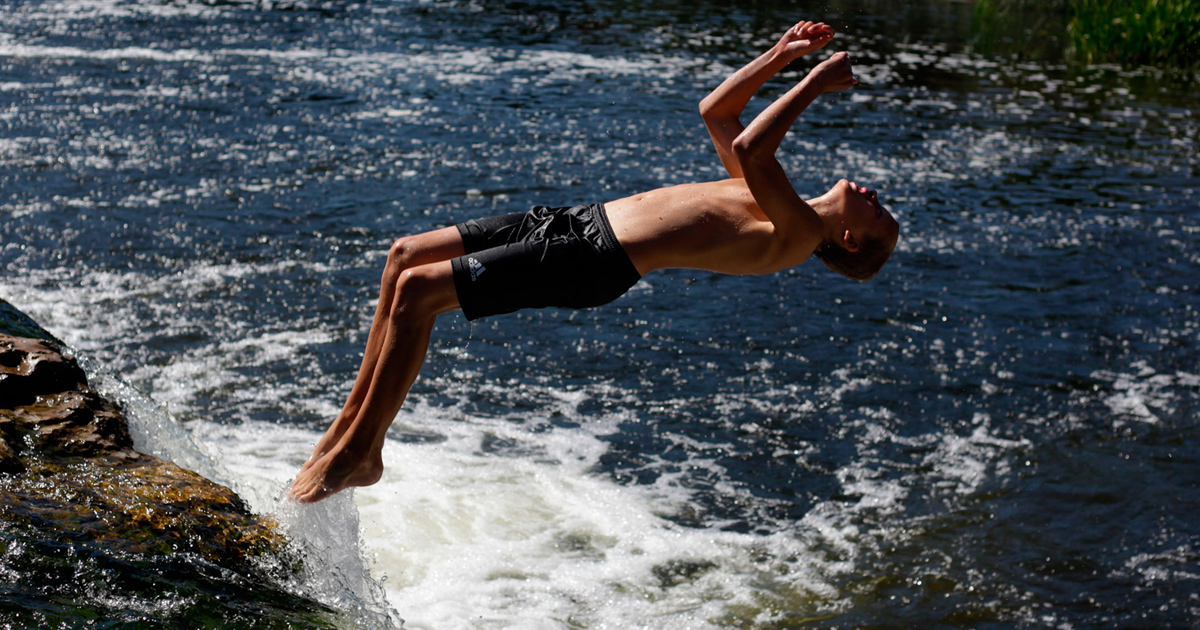Polis academy: did this Latvian artist foresee the rise of the selfie?
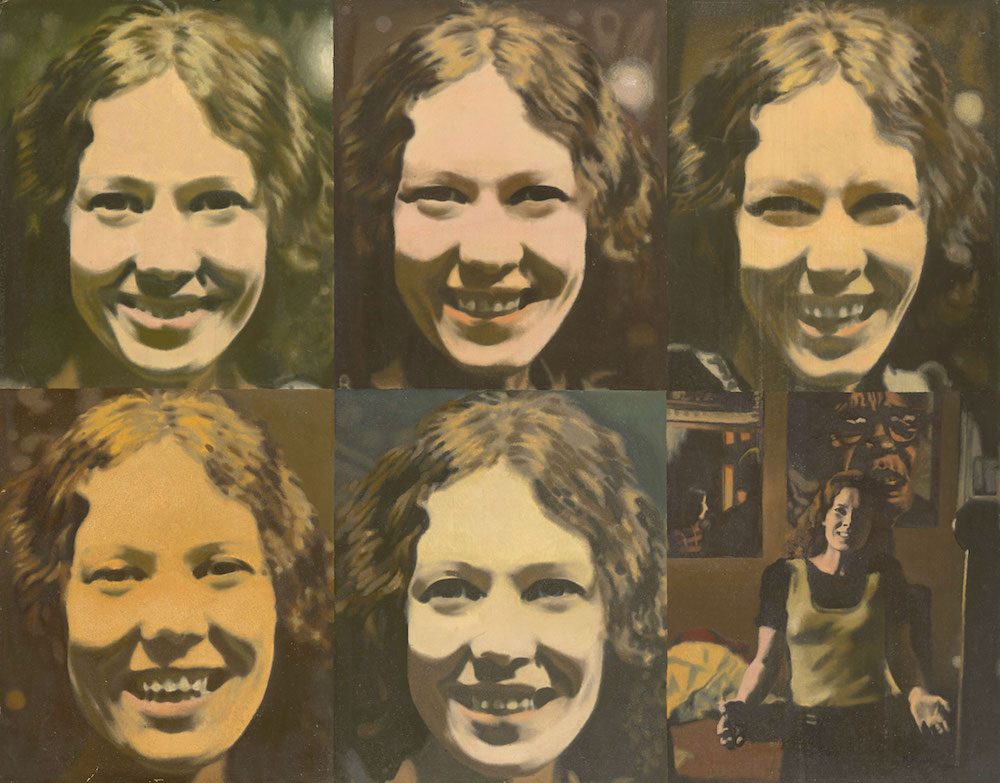
Miervaldis Polis' varied career has included photorealist painting and performance art, but one theme has remained throughout: the human obsession with the self. Amy Bryzgel explores the prescient work of the Latvian artist
The Baltic nation of Latvia has been the birthplace of many things: acclaimed ballet dancer Mikhail Baryshnikov, the painter Mark Rothko, and the Minox spy camera. Perhaps less known is that the country is also home to the artist who, as early as the 1980s, foresaw the future of the selfie.
Miervaldis Polis: Illusion as Reality, until recently on view at the Latvian National Museum of Art in Riga, was the first solo exhibition of the eponymous contemporary Latvian artist. Curated by Daina Auziņa, the exhibition provided a deep view into Polis’s vast career and body of work as an artist. Born in 1948, he completed his studies at the Academy of Art in the 1970s. While still a student, he created the first photorealist paintings in Latvia (together with his wife at the time, Līga Purmale). These differ from the North American variant in presenting the humdrum daily life in the Soviet Union rather than the shiny muscle cars and facades of diners in the work of artists such as Tom Blackwell and Don Eddy. Polis also created a range of work that utilises the technique of trompe l’oeil, a method of painting in which the artist attempts to convince the viewer that a flat, painted image is three-dimensional. In these works, the artist paints the pages of books yellowing and curling over at the edges, or images of photographs taped to the surface of the canvas, the corners turned up to suggest they are real.
Polis’s use of the photograph is consistent throughout his oeuvre. He claims to have learned to paint by watching his father, who painted greeting cards, copying them one after the other at the kitchen table. The artist was surprised to learn, when he entered art school, that it was possible to paint from real life – he had always worked from a photograph. It’s a method that Polis continued throughout his career. Since the 1970s, he has painted portraits of friends and colleagues, always working from a photograph that either he took, or was provided for him by the sitter. By the 1990s, when a new class of entrepreneurs emerged in post-Soviet Latvia, Polis soon became known as the country’s court painter, as many of these individuals used their newfound wealth to commission him to paint their likeness.
While for the most part these portraits are painted in a traditional manner, in recent years they have become more eccentric or expressive. Take, for example, his Portrait of Uldis as a Hunter, wherein the subject poses in a cowboy hat with a rifle. While this may perhaps appear unconventional, it is clear that this is how the sitter views himself, or wants to be viewed.
Polis’s use of the photograph to create his portrait invites a consideration of the camera’s role in the creation of self-image more broadly. In the first decade of the 21st century, a new form of self-portraiture emerged: the selfie. According to dictionary definitions, a selfie is not just a photograph taken of oneself; rather, what makes it a selfie is the fact that it is shared on social media. The image is taken not just to preserve and record a moment in time, but with the intent that others will see the image of the individual. Research on the psychology of this relatively new phenomenon is still ongoing, and although there are claims of links between the selfie and narcissisism, studies are as yet inconclusive.
The painted portrait, however, has a long tradition going back centuries, and one can note countless examples of individuals being painted surrounded by objects and possessions that demonstrate their wealth, intelligence and class. While not every self-portrait is a selfie, the two have one thing in common — a desire to show oneself at one’s best, with the possessions that matter most. Critics of Polis’ commissioned portraits claim that the artist is making fun of his sitters by painting them this way — an allegation that Polis vehemently denies. We see a defence for this stance in the artist’s oeuvre, which, since the beginning, has focussed on self-monumentalisation and self-preservation, two elements that often underpin the painting of a portrait.
In the 1970s, Polis began painting his self-portrait into books such as coffee table collections of Old Masters or antique guidebooks to Venice. In doing so, he inserted himself into the history of western art, creating the illusion that he had travelled to places of artistic significance, which would have been difficult to get to during the Soviet period. A decade later, Polis began a series of Bronze Man performances, in which he wore a bronze-painted suit and hat and covered his face, beard and hands in bronze paint. While many saw this as a nod to the statues of Lenin and other significant communist figures common to all Soviet cities, the artist claimed that the reference was more general — man has always been fascinated with self-memorialisation and self-aggrandisation, and has been erecting bronze statues to leaders and great figures since the time of the Ancient Greeks.
In fact, Polis was so interested in the tendency to memorialise and focus on the self that he “founded” (and was the only member of) the “Egocentre” art group, which was dedicated to studying the self. For an exhibition in 1987, he created Egovizors TV, a television set which had a mirror in place of the screen, so that viewers could watch a programme about their favourite subject — themselves.
Three Egovizors televisions are installed in the exhibition in Riga, and when I visited the exhibition I found visitors doing exactly what one could expect in 2016 – they were taking pictures of their reflection in the TV screen with their smartphones. The mobile phones that existed in the 1980s paled in comparison to the smartphones we carry in our pockets now, and Polis certainly could not have foreseen the manner in which viewers would eventually use these TVs. But the artist who had devoted his life to painting portraits of others was sure of one thing: people are obsessed with themselves, not to mention their self-image.
The portraits on view in the exhibition in Riga reflect that tendency as well. Polis’s subjects — Latvian politicians, presidents, investment bankers, lawyers, etc – in commissioning Polis to paint their portraits have indirectly asked for this artist to preserve the best image of themselves for posterity. One of the advantages of taking a selfie is that you can take it and re-take it until you get the image that you like — the most flattering image of yourself, the way you want others to see you. Polis gets that, and by working from a photograph, the artist takes what is already a flattering, ideal image of the subject, and preserves it in paint forever. In this sense, Polis’s portraits are not that different from those historical portraits that show individuals as wealthy, knowledgeable and powerful, nor are they different from one contemporary version of the portrait – the selfie.
In the same way that Polis presented himself as a bronze statue, or created a two-dimensional painting that looks 3D, each of us, as we extend out forearms to snap that perfect shot on the beach or together with our favourite celebrity, creates a bit of illusion as reality. While there was no such thing as a selfie in Soviet Latvia in the 1970s and 80s, Polis’s work in performance, installation and portraiture certainly foresaw the rise of the obsession with self-image that was yet to come.
